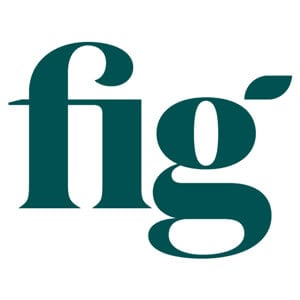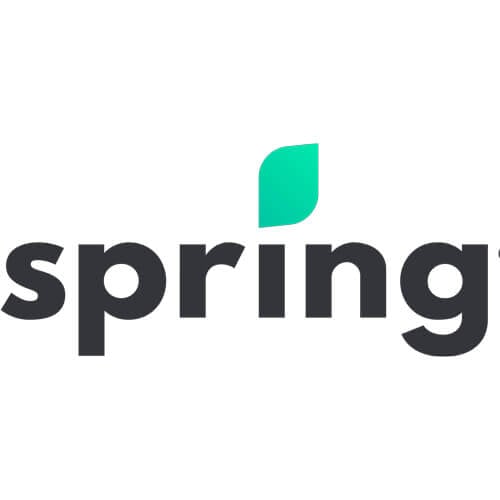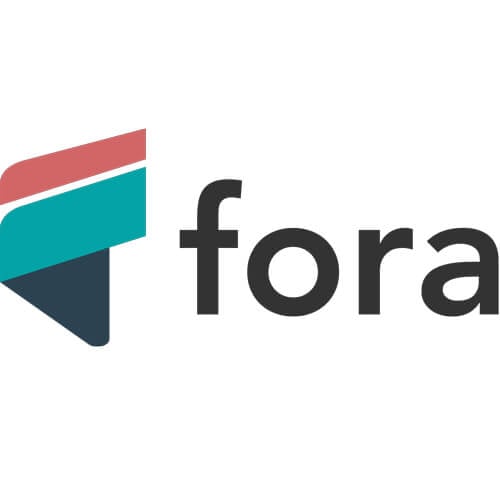Accident benefits have you covered—but for what, exactly?
Whether you’re shopping for auto insurance or just got into an accident, it’s important to know what accident benefits cover.
Advertisement
Whether you’re shopping for auto insurance or just got into an accident, it’s important to know what accident benefits cover.

Accident benefits might be the last thing on your mind when you’re buckling up in a new ride and tuning into your ultimate road-trip playlist, but they’re important to know. Accident benefits coverage is mandatory across Canada, except in Newfoundland and Labrador. Without it, you would be left to pay the expenses resulting from bodily injury following a car accident.
In under five minutes, compare personalized auto insurance quotes from Canada’s top providers.
The words “accident” and “benefits” may seem at odds in the same phrase. However, in the context of car insurance, they refer to the part of your insurance policy that kicks in if you, a passenger or a pedestrian are injured in a collision—regardless of who is at fault.
Accident benefits cover the driver and occupants of an insured vehicle for “some of the immediate medical expenses that they may incur when involved in a collision,” explains Rob de Pruis, national director of consumer and industry relations at the Insurance Bureau of Canada.
The coverage is typically offered on a no-fault basis, notes de Pruis. This means “whether or not you’re at fault in a collision, it would still provide you with the necessary benefits for your treatment or rehabilitation.”
Accident benefits cover the costs of medical treatment that go beyond public health insurance. However, the expenses stemming from an accident don’t always end when you leave the hospital. So, they also provide compensation for the costs of long-term recovery, such as rehabilitation treatment or lost income if you’re unable to work. Accident benefits also offer certain coverages if someone is killed in an accident.
The accident benefits and coverage limits included in your insurance policy will depend on your province, as well as your insurance provider and your choice of endorsements (meaning optional policy add-ons). These may include coverage for secondary expenses related to the accident, such as a paying for a care worker and housekeeper while you’re on the mend.
Yes. Every Canadian driver outside of Newfoundland and Labrador is required by law to have accident benefits coverage. However, since insurance falls under provincial jurisdiction, the type of accident benefits you can receive and their coverage limits vary across provinces.
In Ontario, the benefits are outlined in a policy document called the Statutory Accident Benefits Schedule (SABS). In some provinces, accident benefits are referred to as “Section B” benefits. For reference, the IBC has compiled a list of the mandatory auto insurance coverages for each province in Canada.
Even though accident benefits are a mandatory coverage, you can choose to boost your benefits beyond the standard limits in your province. There are policy endorsements, or add-ons, that provide additional coverage for lost income, expenses related to caregiving and housekeeping, and/or medical, death and funeral benefits.
Before buying any extra insurance, however, do your homework and comparison shop. In provinces where insurance is handled privately, you may be able to get better coverage for your money, since there’s greater competition among providers, according to de Pruis.
“There are a wide variety of options and available endorsements, and some of these have varying limits,” de Pruis says. “Talk to an insurance rep about your specific situation and they’ll be able to provide you with the best advice.” An informed insurance professional can help you choose insurance coverage specific to your needs, your budget and your provincial insurance regulations.
Since accident benefits are part of every standard auto insurance policy in the country (outside of Newfoundland and Labrador), you can’t opt out of this type of coverage. Nor can you decide to drive without auto insurance—without breaking the law.
Whether you’re a rogue driver who ignores buying a policy or you’ve been missing payments that trigger an insurance lapse, fines for being caught without coverage range from $400 to $50,000, depending on the province you live in. You could also have your car impounded and lose your licence. Then, when it comes time to get insurance again, you’ll be deemed a high-risk driver and have to pay more expensive premiums than you would have otherwise.
If you don’t have insurance and get into an accident, you’ll have to pay for all personal injuries out of pocket and, if you’re at fault, the other person’s physical recovery, too. While the insured person’s no-fault policy may provide accident benefits to them directly, their insurance provider will come after you—the uninsured driver—to pay them back for those bills. Throughout this whole process, you’ll likely have to pay for a lawyer and legal fees.
In short, the repercussions of driving without the required amount of car insurance far outweigh the costs of your insurance premiums.
The cost of accident benefits coverage is largely based on your provider. And that cost is included as part of your overall premium, so it’s not always easy to know specifically how much you’re paying for that portion of your policy.
One insurance rule still applies: Purchasing endorsements will increase the cost of your premiums. For example, if you choose to boost your income replacement coverage from $400 to $1,000 per week, you may pay an additional $80 per year. You can decide if the extra coverage is worth it.
Since accident benefits are lumped into the overall cost of insurance, it’s perhaps more helpful to look at the average annual premiums paid by drivers from coast to coast. Premiums vary widely depending on the insurance system in place (i.e., private, public or hybrid), the mandatory coverages required and other factors. Average premiums are lowest in Quebec, at around $715 per year, and highest in British Columbia, at a little more than $1,830 per year.
To see how premiums compare across provinces, read our guide to getting the best car insurance in Canada.

Apply for a personal loan with a 8.99% to 29.49% APR. Plus, 100% online application and no early repayment fees.

Apply for a personal loan with a 9.99% to 35.00% APR. Plus, fast e-transfers and no hit to your credit score when you apply.

Apply for a personal loan with a 19.90% to 34.90% APR. Plus, fast funding (as soon as the same business day). Not available in Quebec, PEI, Manitoba, Newfoundland and Labrador, Northwest Territories, Nunavut and Yukon.
As with other types of insurance—such as home and life insurance—you can purchase a car insurance policy directly from a provider, from a bank or credit bureau that offers insurance, or from an independent and licensed broker. A broker can help you comparison shop and find the best policy deal. This process can easily be done online or over the phone. Before making an inquiry, make sure to have the following info ready:
If you’ve been in an accident, the IBC’s accident report form offers a helpful step-by-step guide on what to do while you’re still reeling from the collision. Here are some highlights:
With all this information in hand, kickstart your car accident insurance medical claim and contact your provider as soon as possible.
Once you have filed a claim, the insurance company will assign a claims adjuster to review your case. The adjuster will help determine the accident benefits you are entitled to and answer any questions you might have about the claims process.
If you put in a claim and don’t find the amount to be sufficient to what you feel you should be owed, you can disagree with the claims adjuster’s decision. In Ontario, you can apply for a review at the automobile accident benefits service at the Licence Appeal Tribunal (LAT). For other provinces, consult the Insurance Bureau of Canada. The next steps can include a phone conference; if the dispute is not resolved, it will move to a hearing for a final decision.
Share this article Share on Facebook Share on Twitter Share on Linkedin Share on Reddit Share on Email